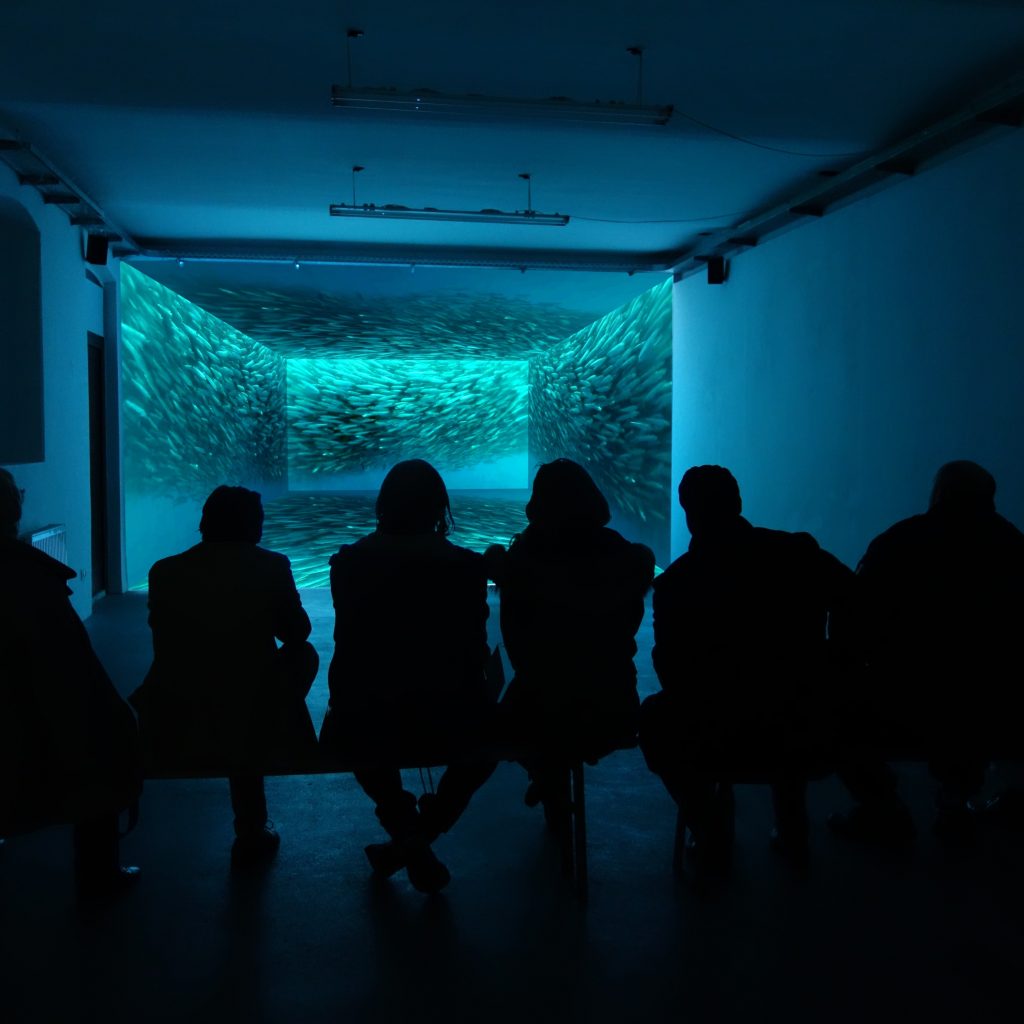
- Nieuws
Interview with Andrea Božić & Julia Willms
Can you introduce yourself?
We are Julia Willms, visual artist, and Andrea Božić, choreographer. We have made The Cube, the work we present at SPRING, together but we are otherwise two independent artists who make their own work and at the same time collaborate in various constellations since 2003, also with sound artist Robert Pravda. The three of us have established in-disciplinary platform TILT in 2009, to inspire artistic practice and thinking beyond disciplines. We are interested in space, attention and presence.
Do you notice a difference in audience between different countries and/or cities?
Yes, definitely, there is a difference in what other work they see, how much, local tastes and atmospheres and mentality and culture. There is also a great difference between how people perceive our work within performing arts and visual arts for example.
What is your opinion on the social relevance of theatre?
Theatre, in its broadest sense, has great transformative potential for a society, it’s a place where we can do things we otherwise do not do, talk about things that are not talked about, play the way we otherwise don’t, imagine the unimaginable, be crazy and lucid and illogical, dance, try, fail, try again, and encounter each other in new ways. Theatre can create a world within a world where we can exercise different ways of being in the world.
What drives you to be creative?
It’s natural.
What role did theatre/dance have for you when you grew up?
Andrea: Very important, it opened my mind to other possibilities. In my kindergarten, there were two teachers who started a gypsy dancing group and a painting group. I was in both of those. Later, I decided to become a theatre or a film director at the age of 12, after seeing a series of performances for grown ups that my father took me to, and joined a youth theatre company immediately.
If you hadn’t become an artist, what would have been your profession?
Andrea: A mystic. Julia: An explorer.
What is your interpretation of the slogan “Inside is outside is inside”?
That there is no clear division between what we feel and perceive as internal and what we feel or perceive as external. That one is not in the space but one is space.
What experience do you want to create for your audience?
An experience of a particular attention.
In your installations you use organic images and natural landscapes in a room. Why do you want to show your audience these specific images?
They are archetypal images and as such they speak to us directly, they cannot be verbalized. They are a kind of an emotion in image form. They evoke feelings in the viewer who stand in the space with these images, and these feelings are paradoxical, impossible, but somehow vaguely familiar.
The installation The Cube is part of the exhibition Spectra: Light Like A Bird, Not Like A Feather. What place does The Cube take in the whole exhibition?
The Cube is one of the 6 works which we presented in this exhibition, where all the works are in dialogue with each other and create a larger trajectory. The Cube is literally the biggest work because it works with the whole room as a kind of a sculpture the visitor stands in, so the visitor her/himself is implied as part of it. You cannot look at it from outside, as an object, but need to step into it. The other works shift the perspective of viewing, each in a different way.
With your installation The Cube you focus on landscapes and animals. What other theme would you like to use for your next installation as a follow-up to The Cube?
Light – dark – light – heavy. But also, we will continue with the weather and landscapes in architectural environments, since the next step of The Cube is a live performance version of it.